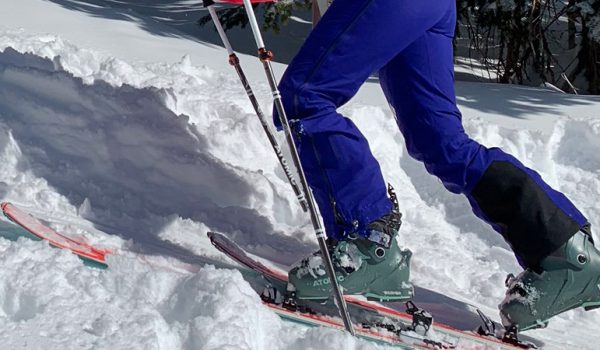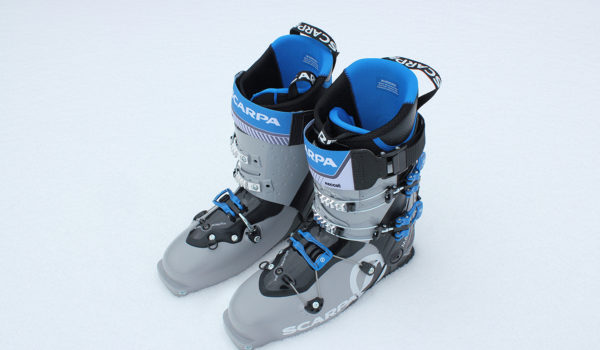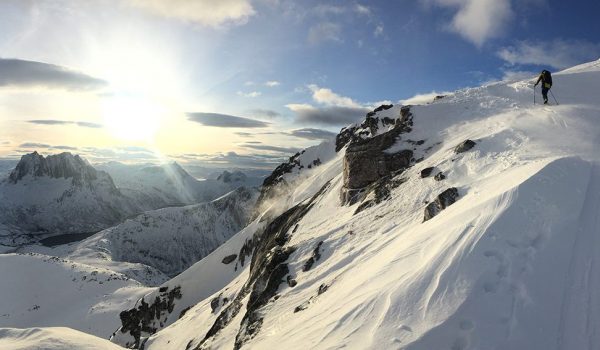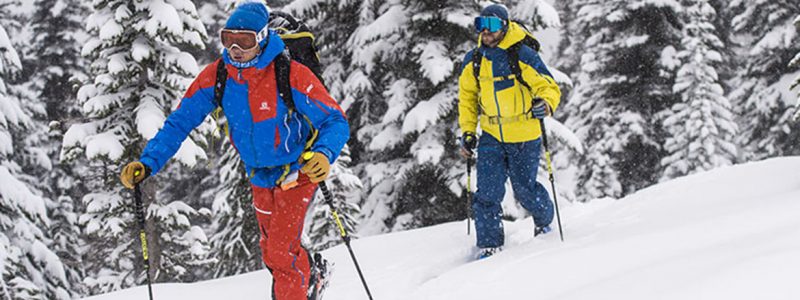
The Best Alpine Touring Boots
Gear Institute reviewers have put thousands of vertical feet (both up and down) on several alpine touring boots to meticulously test each product. In doing so, they determined the best alpine touring boots for various skiing applications and styles.
We divide alpine touring (or AT) boots into two categories based on their weight, design, and intended use:
Lightweight AT boots are best suited to longer ski touring days, multiday traverses, and skimo racing (ski touring on a race course against other competitors). We consider these “uphill focused” boots.
Heavier AT boots are suited to those who like to ski hard and require more durability from their boots. This kind of AT boot is ideal for day trips or slackcountry laps (the easy-to-reach backcountry just beyond the boundaries of a resort, sometimes called sidecountry). They can also be used on groomed trails when needed. We consider these “downhill focused” boots.
How to Select the Best Alpine Touring Boots for You
The Best Alpine Touring Boots by: Brad Steele
Our alpine touring (AT) ski boot reviews are divided into two categories; uphill focus and downhill focused boots. AT boots should not be confused with Telemark or Cross-Country boots. Telemark boots use their own binding system to the ski and their design and construction enables the skier to perform a signature Telemark turn where they drop a knee since the heel isn’t locked down like on AT or even standard alpine boots. While Telemark or ‘Tele’ boots are still used for backcountry skiing, the boots and bindings are quite unique in their design and are not as widely used as AT boots. Cross Country boots on the other hand are not used for downhill skiing as they provide minimal ankle support and perform poorly when ascending or descending substantial vertical. They are designed for use on flat ground.
Alpine Touring boots are similar in design to Alpine Ski boots, except Alpine Touring boots will feature a built-in walk mode, a wider/more aggressive tread and sometimes tech fittings in the toe to accommodate a lighter weight binding known as a “tech binding.”
To determine which boots are best for your type of ski touring, have a read through the following criteria, then compare specific AT boots in our side-by-side reviews.
1. Determine Your Ski Touring Style
There are a variety of ski touring options ranging from quick sidecountry laps, to backcountry day tours and longer ski traverses. If you’re the competitive type, then “Skimo” or “Rando Racing” specific gear may be what you’re looking for.
Slackcountry / Sidecountry
Ski touring routes that exist just outside the boundaries of a ski resort are called Slackcountry or Sidecountry tours. These don’t typically require a specialized AT boot as the terrain is often accessible by the resort’s chair lift and/or a short walk along a boot pack with skis slung over your shoulder. For longer distances, skins attached to the bottom of your skis make climbing more efficient. Boot weight and walk mode flexibility/cuff rotation are not big concerns in this case and some people simply utilize alpine ski boots for this application.
Backcountry Skiing (Day Tours)
If you are going to skip the resort access all together and say good-bye to the chair lift lines, then you are Backcountry Skiing. This type of ski touring requires AT or Telemark boots with a good walk mode (also known as cuff rotation) since you will essentially be walking (skinning) and climbing to gain your vertical.
Ski Traverses and Skimo (aka Rando Racing)
A Ski Traverse involves multiple days of ski touring and either winter camping or staying in a backcountry hut, yurt or lodge overnight. This kind of touring involves covering huge amounts of vertical and distance, so a light AT boot with a large amount of cuff rotation is ideal.
Ski Mountaineering, or Skimo (a.k.a Randonnée or Rando Racing) is simply ski touring in a race format over a predetermined course. Racers often seek out the lightest possible AT boot with maximum cuff rotation, as well as lighter tech fittings and bindings to reduce overall set-up weight.
2. Weight Versus Performance
Lightweight and high performance typically have an inverse relationship when you are talking about AT ski boots: If you’re looking to save weight, then you should expect to give up some performance. And conversely, if you want a high-performance AT boot then expect it to be on the heavier side.
While a true AT boot is much lighter than an alpine ski boot, a lot of manufacturers are simply integrating a walk mode into the design of their alpine boots and calling them AT boots. Be weary of these; while they will ski well, they’ll be heavy on the climb, and their walk mode will have very little flex or cuff rotation.
When deciding how much boot performance you are willing to sacrifice to save precious grams, consider your age, skiing ability and the kind of terrain you want to ski. Older skiers typically want lighter, more technical gear since their power output is not what it used to be. More advanced and younger skiers might opt for heavier gear with maximum performance abilities.
If you plan on crushing laps and covering distance, then light is right. If couloirs, steeps and cliffs are your idea of fun then your style is more on the aggressive side and you’ll need maximum performance from your boots. Be sure to read the reviews and compare the specs of each boot to determine the best solution for you.
3. Number of Buckles
Alpine touring boots are available in two-, three- and four buckle designs. While the number of buckles doesn’t directly determine the boot’s performance, you can expect a better fit with more buckles. However, buckles do add weight to your AT boots, so fewer buckles can be a good thing as long as fit and performance are not compromised. Buckle placements on AT boots are similar to that of alpine boots.
With four buckles you’d have two on the upper cuff, and two on the lower shell across the forefoot. This provides good foot hold and customization all along the shell.
Three buckle boots typically have one buckle on the upper cuff, one across the middle of the boot and one on the lower shell. This is an ideal configuration to maintain good foot hold and adjustability while minimizing weight.
AT Boots with just two buckles start to sacrifice downhill performance in favor of weight savings, with just one buckle on both the fore foot and the upper cuff.
Recent designs for light weight AT boots use a buckle with an integrated wire that replaces two buckles without affecting performance or foot hold. You’ll typically see high end AT boots with just two or three buckles – they’re lighter and much easier to climb in since the buckle placement does not impede cuff rotation. Most AT boots utilize power straps, which are not technically considered buckles, but simply a large Velcro strap on the upper cuff of the boot.
4. Cuff Rotation
The amount of flex an AT boot has when it is in walk mode is referred to as cuff rotation. Typically, more cuff rotation means a lower flex rating, but not always. The more flexible an AT boot is in walk mode, the more comfortable and capable it is as a climbing boot. While they now make AT boots with more cuff rotation than the human ankle, these boots can be a little soft for the ski down. Finding a good balance between flex in walk mode and stiffness in ski mode can be challenging, so be sure to compare several AT boots. Also, be sure to consider ease of use when choosing a boot with a walk mechanism: Ideally, you should be able to engage and unlock the walk mechanism while wearing gloves. (This will make your life easier in the mountains).
5. Flex Rating
Not all AT boots are created equal. Some are soft and flex easily, while some are stiff and have very little flex. Generally, a 60-80 flex rating is considered soft and ideal for beginner skiers. A rating of 85-100 signifies a medium flex and is best for intermediate/advanced skiers, while a rating of 100-120 is a stiff flex and for advanced or expert skiers only. Keep this in mind when determining your preferred flex rating.
Remember to compare AT boots from several different manufacturers since there is no industry standard for flex rating (the manufacturers themselves determine each boot’s flex rating). Also keep in mind that an AT boot with a higher flex rating will generally be heavier since more material is required to achieve the stiffer rating.
6. Consider Your Foot Shape
Wide, narrow, flat, high arch, 6th toe? A good boot fitter can custom fit most boots to your foot regardless of its shape, but be sure to select the best fitting AT boot first. Some brands have extra roomy toe boxes (the space in the front of the boot surrounding your toes). Some are wider than others with more volume for feet with high arches, and some hold your heel more securely with a pronounced heel pocket.
Each company has their own last specifications, but generally 95-98 mm is considered narrow, 100 mm would be for the average foot, and 102-106 mm is for wider feet. It’s very important to get the correct sized boot as most people tend to purchase boots that are too large for them. Ensure a professional from a reputable ski shop specializing in ski touring gear helps you select the proper size for your individual feet.
7. What’s Your Budget?
Price is a major consideration in choosing any ski gear, and alpine touring boots are no exception. The lighter the boot, the more expensive you can expect it to be. Higher end materials and technical design solutions require extensive amounts of R&D and this is reflected in the product’s price. This is not to say that heavier AT boots are of lesser quality, nor that they will under perform.
No matter your budget, ensure you first make a list of ‘must-have’ features and then find the AT boot that best meets these criteria, keeping the overall price in mind. Features such as flex rating, materials, weight, number of buckles and performance are all important considerations.
Don’t discount last year’s AT boots as a viable option, as they’re typically much more affordable compared to the latest and greatest. The AT boots we’ve reviewed will help you determine the features you desire and the price points you should be expecting to work with. We hope our reviews help you narrow your choices down to a few boots that will keep your feet and your wallet happy.
Best in Class
Dynafit Hoji Pro Tour Boots
Alpine Touring Boots, Lightweight Alpine Touring Ski Boots, Ski & Snow & Ski Boots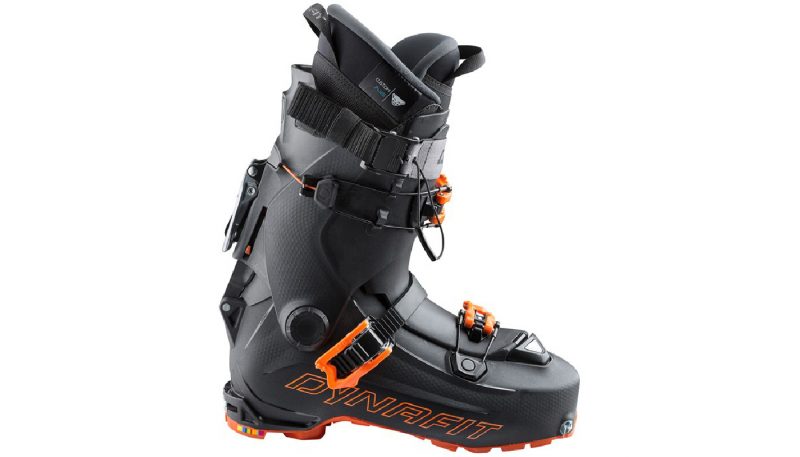
What began in 2013 as a collaboration between pro freeride skier Eric “Hoji” Hjorleifson and Low-Tech inventor Fritz Barthel has resulted in a game-changing boot called the Dynafit Hoji Pro Tour Boots. The Hoji-Lock System is the innovation which deserves all the credit, its ability to simultaneously switch the boot from ski to walk mode and release the power strap and top buckle allows you to set the boots for ski mode and never fiddle with them again. Add to this the Hoji Pro Tours other impressive figures and you’ve got an alpine touring boot that’s not only keenly adept at backcountry skiing but one that can also ski the resort with confidence.
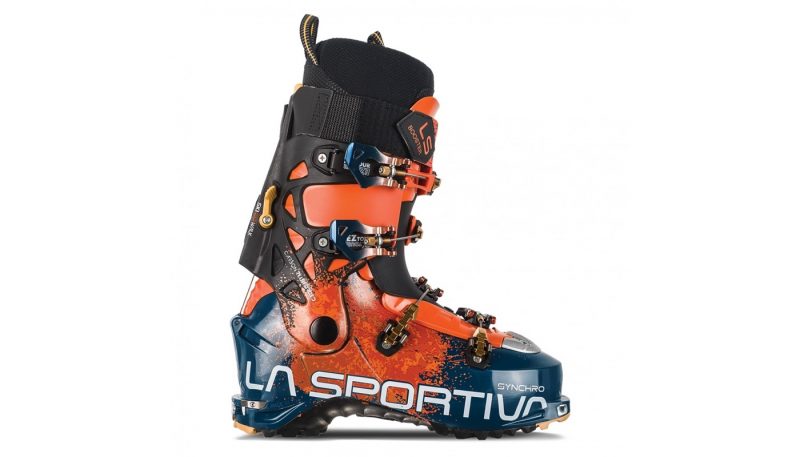
La Sportiva has succeeded in designing and manufacturing a stiffer, all-mountain focussed version of their popular Spectre 2.0 AT boot. With minimal added weight and a 125-flex rating, the Synchros are built for any terrain and condition, inbounds or out. The only sacrifice is a reduced cuff rotation (when compared to the Spectre 2.0’s), but thanks to the two-piece tongue this doesn’t sacrifice performance.
Best for Lightweight
Salomon S-lab X-Alp Boot
Alpine Touring Boots, Lightweight Alpine Touring Ski Boots, Ski & Snow & Ski Boots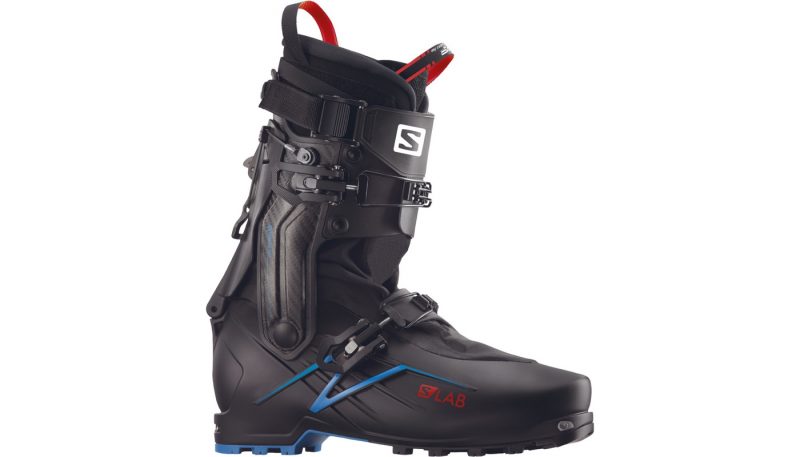
The new Salomon S-lab X-Alp Boot is a super lightweight ski touring boot aimed at those who value “light and fast” over “ski-anything” performance. At only 5 pounds (2,300 grams) for a size 27, with a cuff rotation that likely exceeds 60 degrees, the X-Alp’s are for the serious backcountry skier who may want to enter a Randonee Race. While Salomon does not provide a flex rating, the carbon spine delivers a surprising amount of performance and stiffness considering it’s only a two-buckle boot.
Best for Hard-Charging Backcountry Skiers
Dalbello Lupo AX 125 C
Alpine Touring Boots, Lightweight Alpine Touring Ski Boots, Ski & Snow & Ski Boots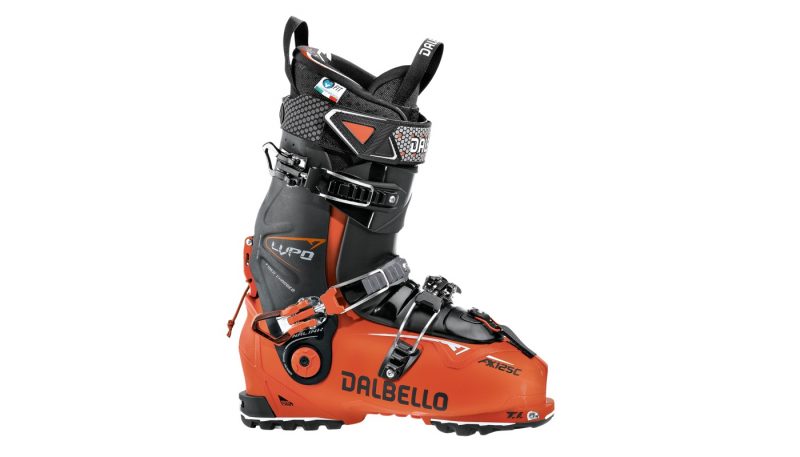
Dalbello’s new Lupo AX 125 C Boots are designed with equal parts alpine skiing and alpine touring in mind. Classified as a “Freeride Touring Boot,” the Lupo AX 125 C’s combine the comfort and range of motion of a touring boot with the performance and stiffness of a downhill boot. These are the lightest ski boots currently in Dalbello’s lineup, relative to their high flex rating which comes in at 125.

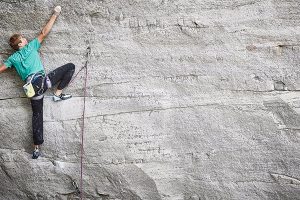
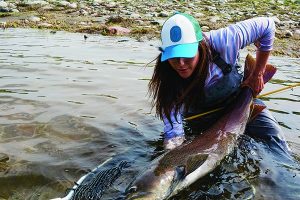

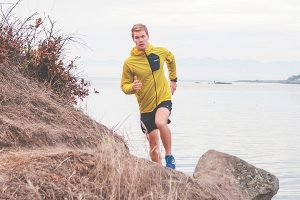


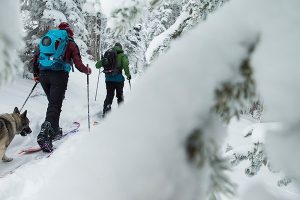
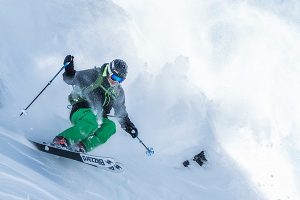
 93
93 